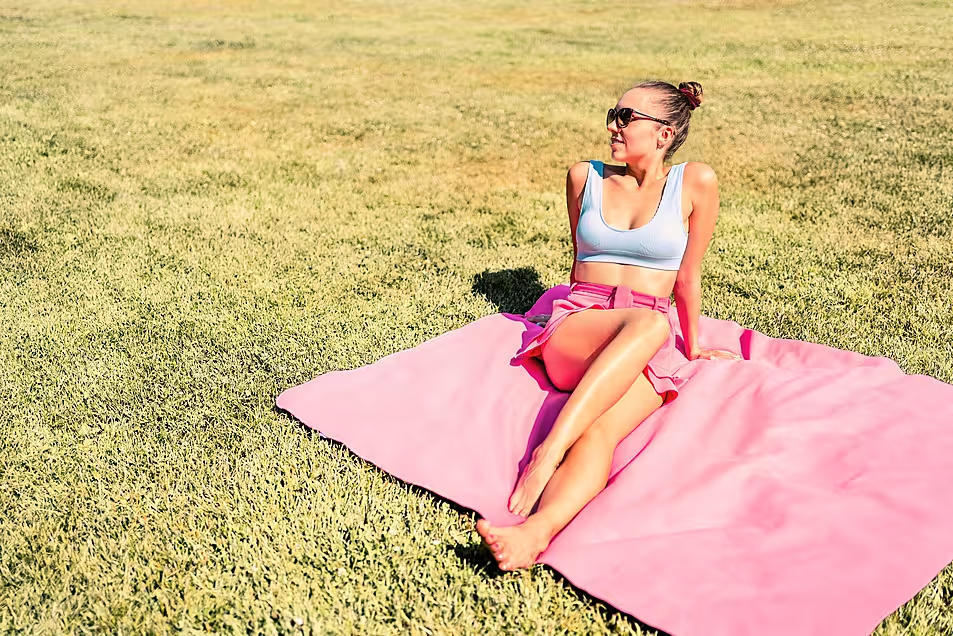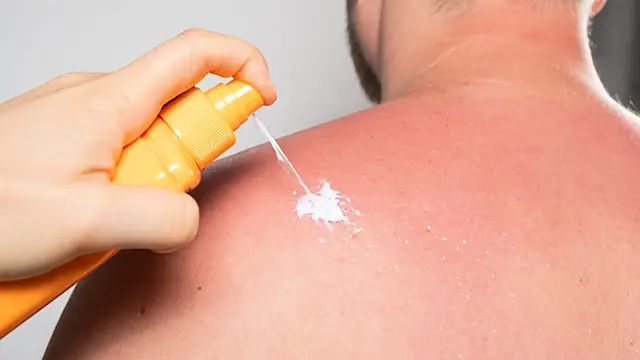The world’s first personalised mRNA cancer jab for melanoma is being tested in patients.
The “gamechanger” jab – which also has the potential to stop lung, bladder and kidney cancer – is custom-built for each person in just a few weeks, and works by signalling the body to hunt down cancer cells and prevent them coming back.
This is phase three of the trial, led by University College London Hospitals NHS Foundation Trust (UCLH), and researchers believe it offers hope of a cure.
So, why is melanoma rising, and what else do you need to know about it?
What is melanoma?
Melanoma starts in our melanocytes – the cells which produce melanin, the pigment that gives skin its colour and helps protect us from UV radiation – and occurs when abnormal cells spread uncontrollably. Key symptoms include new abnormal moles, and existing moles that are changing.
The ABCDE checklist can help identify if a mole is abnormal. This stands for:
A – asymmetrical (does the mole have an uneven shape?)
B – border (are the edges blurry or jagged?)
C – colour (is it an uneven colour with different shades and tones?)
D – diameter (is the mole bigger than your other ones?)
E – evolving (is it changing, such as starting to itch, bleed or become crusty?)
These changes don’t always mean you have cancer, and it’s important to remember some melanomas won’t have all of these characteristics – especially on black and darker skin tones. But anything that’s unusual or changing should be checked out.
Surgery is the main treatment for melanoma, which is easier if it’s caught early. Sometimes chemotherapy, radiotherapy and drugs are also required.
Why is melanoma on the rise?
Dr Susan Mayou, a consultant dermatologist, says skin doctors are “definitely diagnosing more cases of melanoma” than in any previous year.
“This is partially because the public health awareness campaign has been so effective,” says Mayou. “More people see dermatologists about abnormal moles than they used to, and we are able to diagnose melanoma, even pre-melanoma, early.”
However, Dr Mayou is clear that the overall number of cases has increased as well, adding: “The majority of cases are related to sun exposure, and we are exposed to more UV rays now than we used to be.”
Are climate changes playing a role?

As sun exposure is a key factor in melanoma, experts believe the rise in temperatures and hotter summers could be playing a part in growing rates of the disease – and scientists have predicted 2024 could be our hottest year yet.
People are often keen to make the most of hot weather, but as many Irish people are not used to being exposed to the sun, we may not always be vigilant with applying SPF and protecting our skin. It’s also far more common now to go on holiday to hotter climes.
Who is most at risk?
Dr Mayou says there are several factors that could increase a person’s risk of melanoma. “There is a genetic influence,” says Mayou. “One in 10 melanoma patients have a family history of [the disease].”
Skin type can also play a part. “People with fairer skin that burns easily are more likely to experience the type of skin damage that causes melanoma,” Mayou adds. “There is also a condition called familial atypical multiple mole melanoma syndrome (FAMMM), where those that have it have more moles than the average person, which look abnormal. These are not necessarily melanoma but those with FAMMM are at a higher risk.”
People with past exposure to sunburns during childhood are also at higher risk, as well as those who’ve used sunbeds.
Can you prevent melanoma?

Protecting skin from sun damage is key, by spending time in the shade on sunny days, wearing a hat and sunglasses and applying sunscreen generously and regularly – at least SPF 30, although Dr Mayou recommends SPF 50.
“And SPF 50 is only SPF 50 if you put it on quite thickly, but almost no one does. So, you should put on as strong sunscreen as possible,” she adds. “Be aware of your moles, and if they start to look like an ugly duckling, see a doctor. And never go on a sunbed. There is no such thing as a safe tan, unless it comes out of a bottle.”







